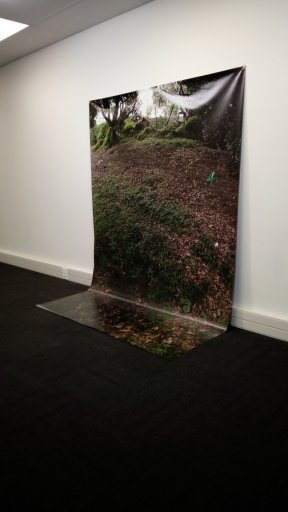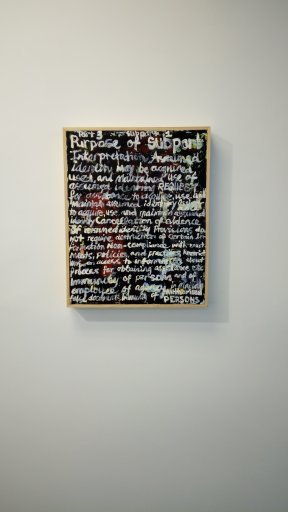Walking in the city
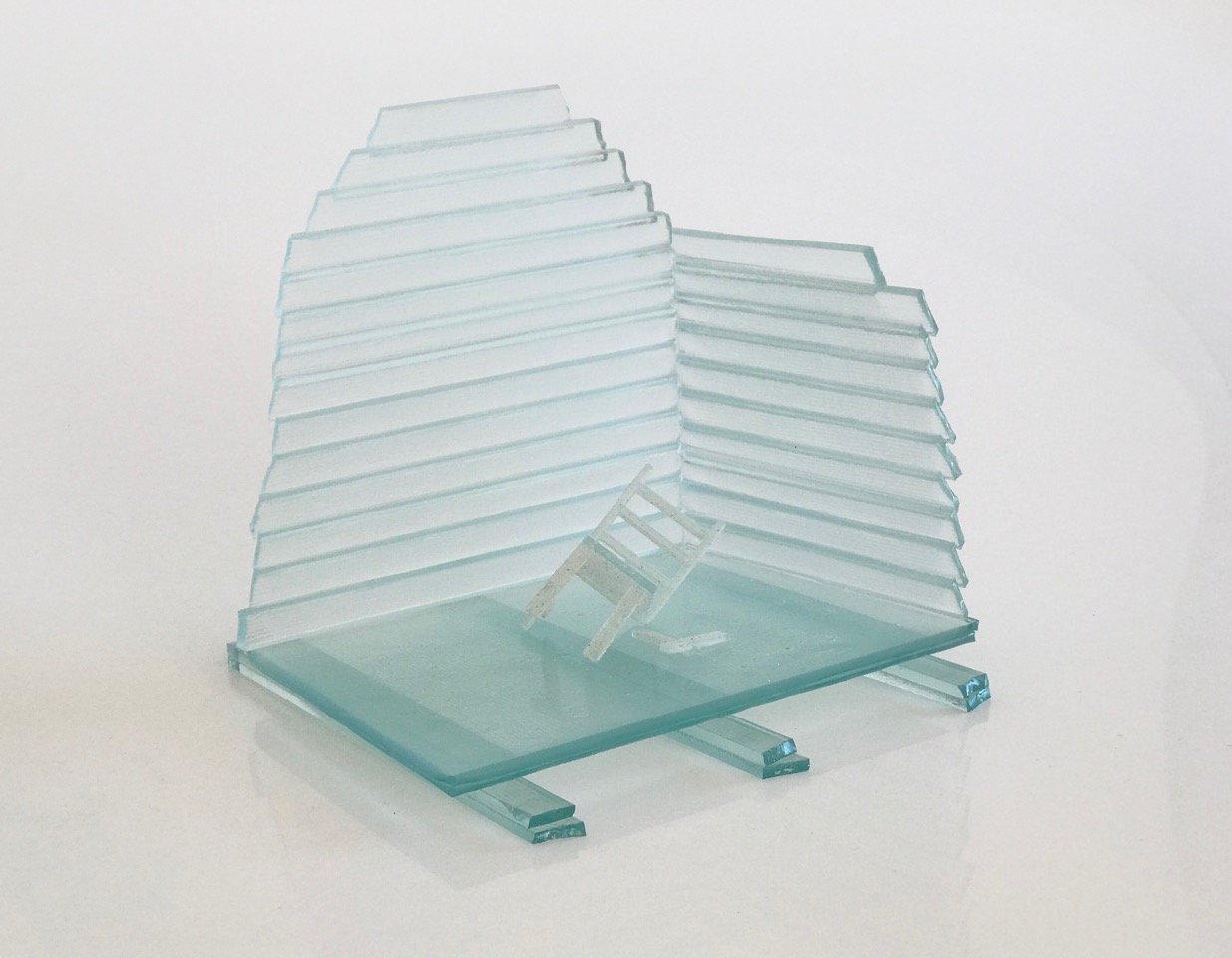
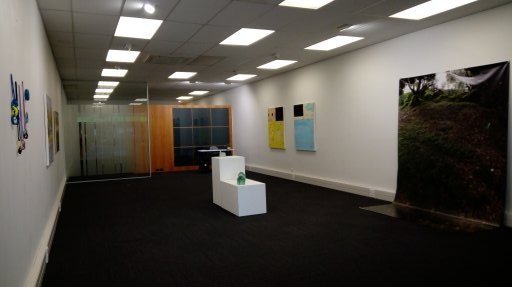
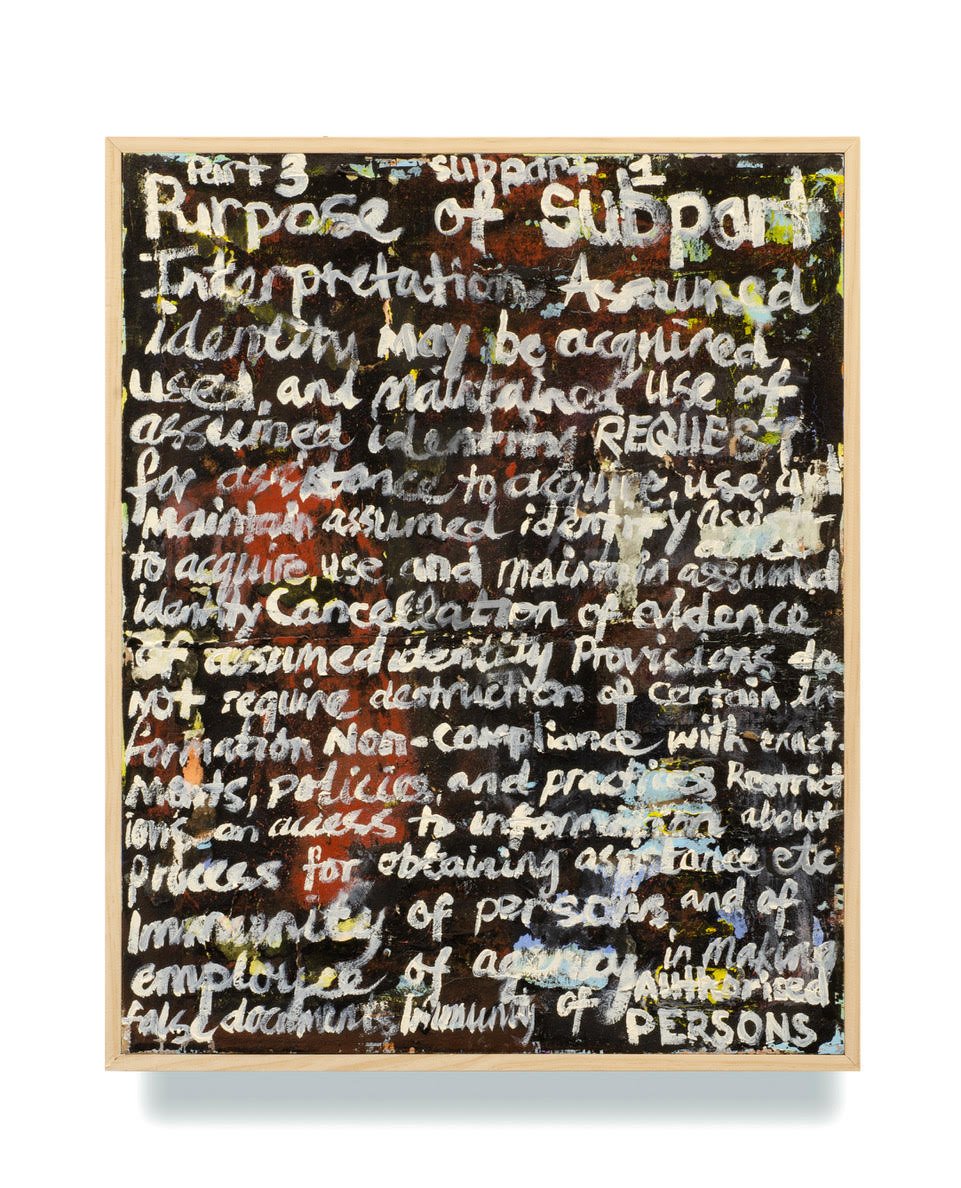
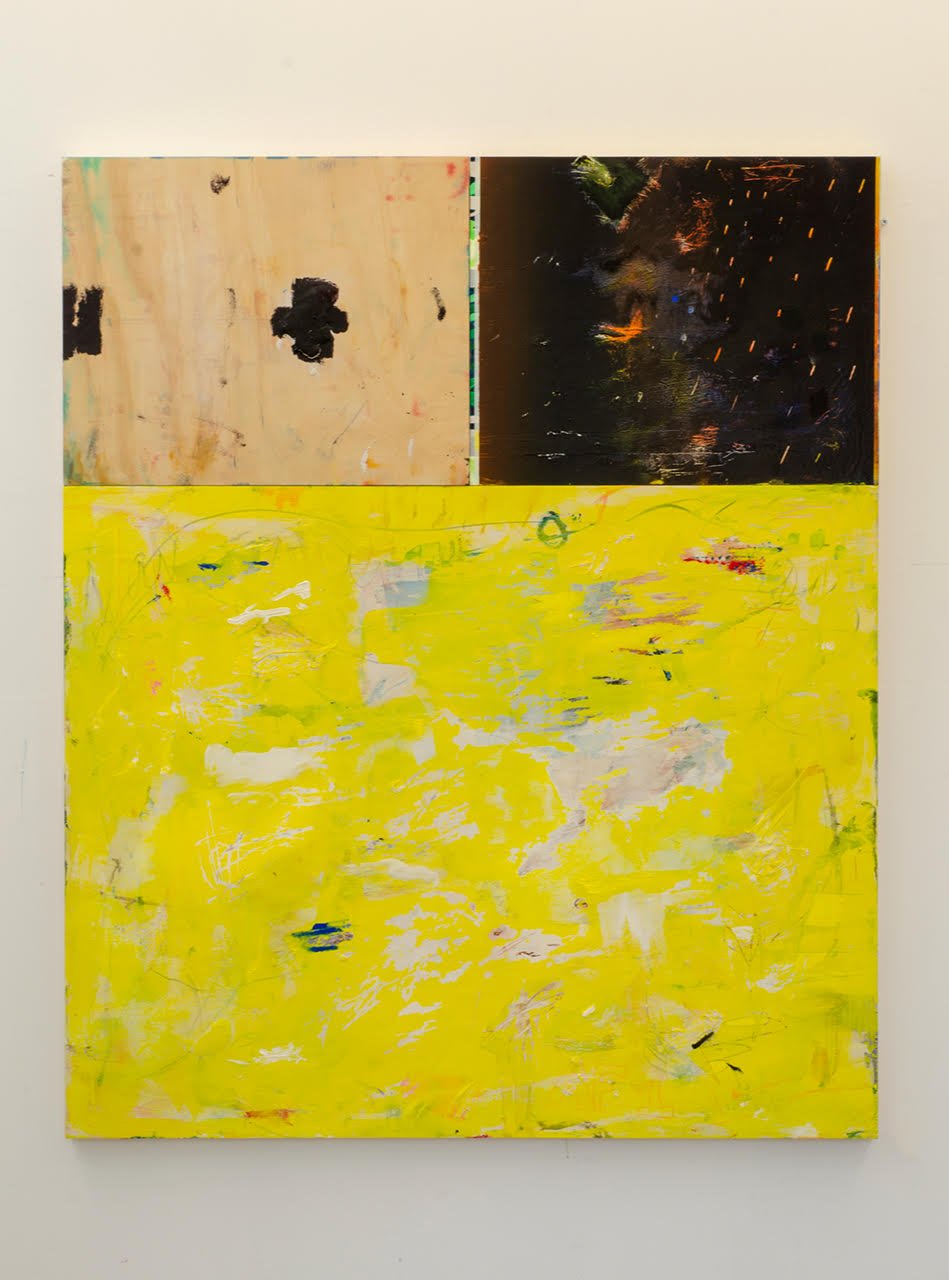
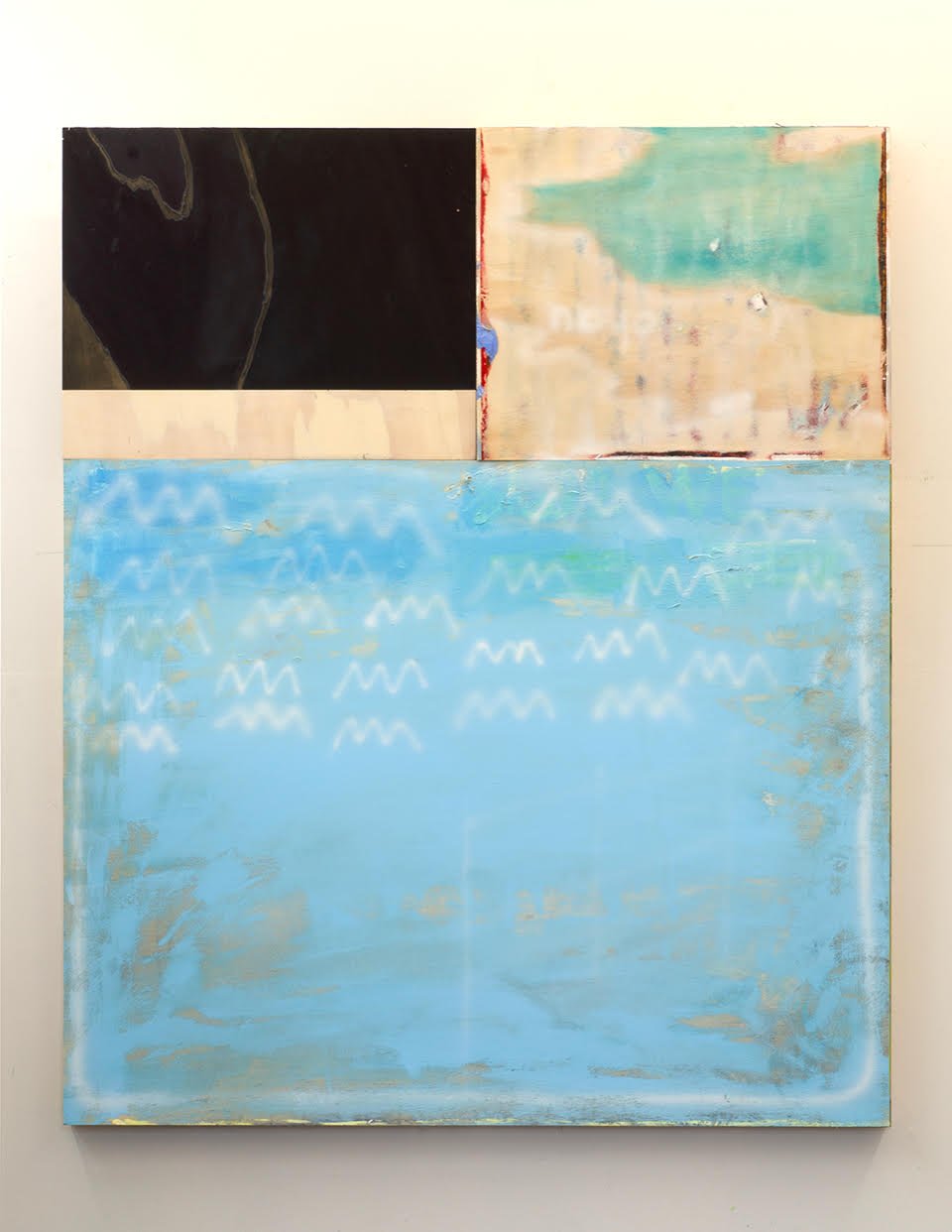
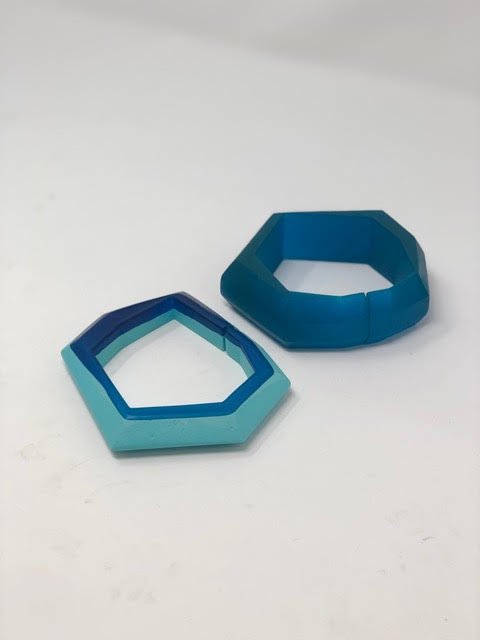
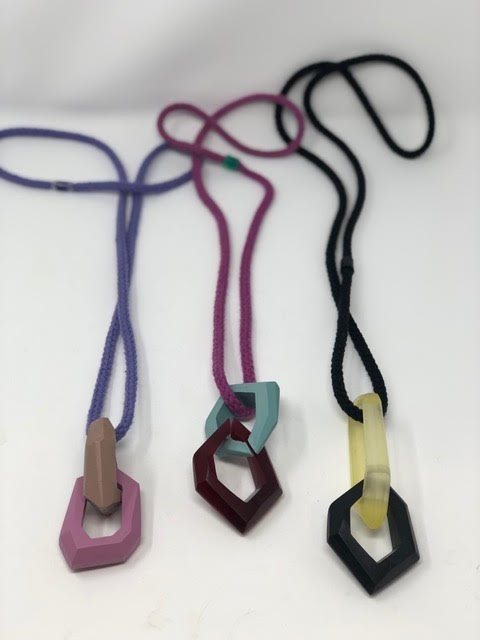
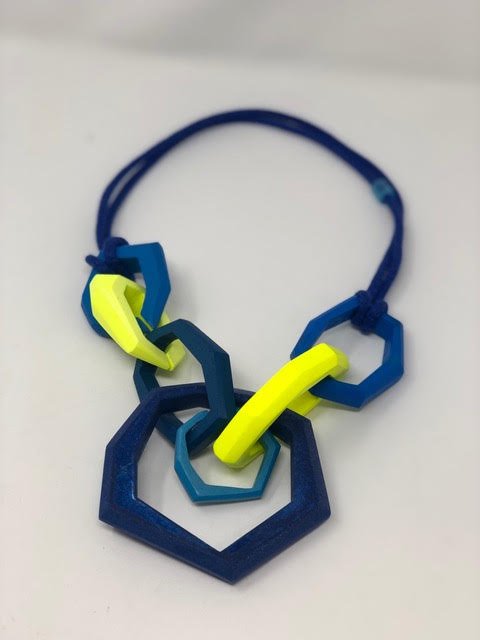
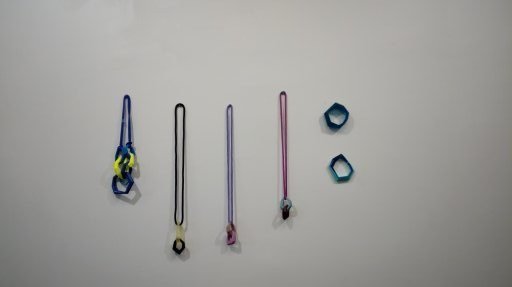
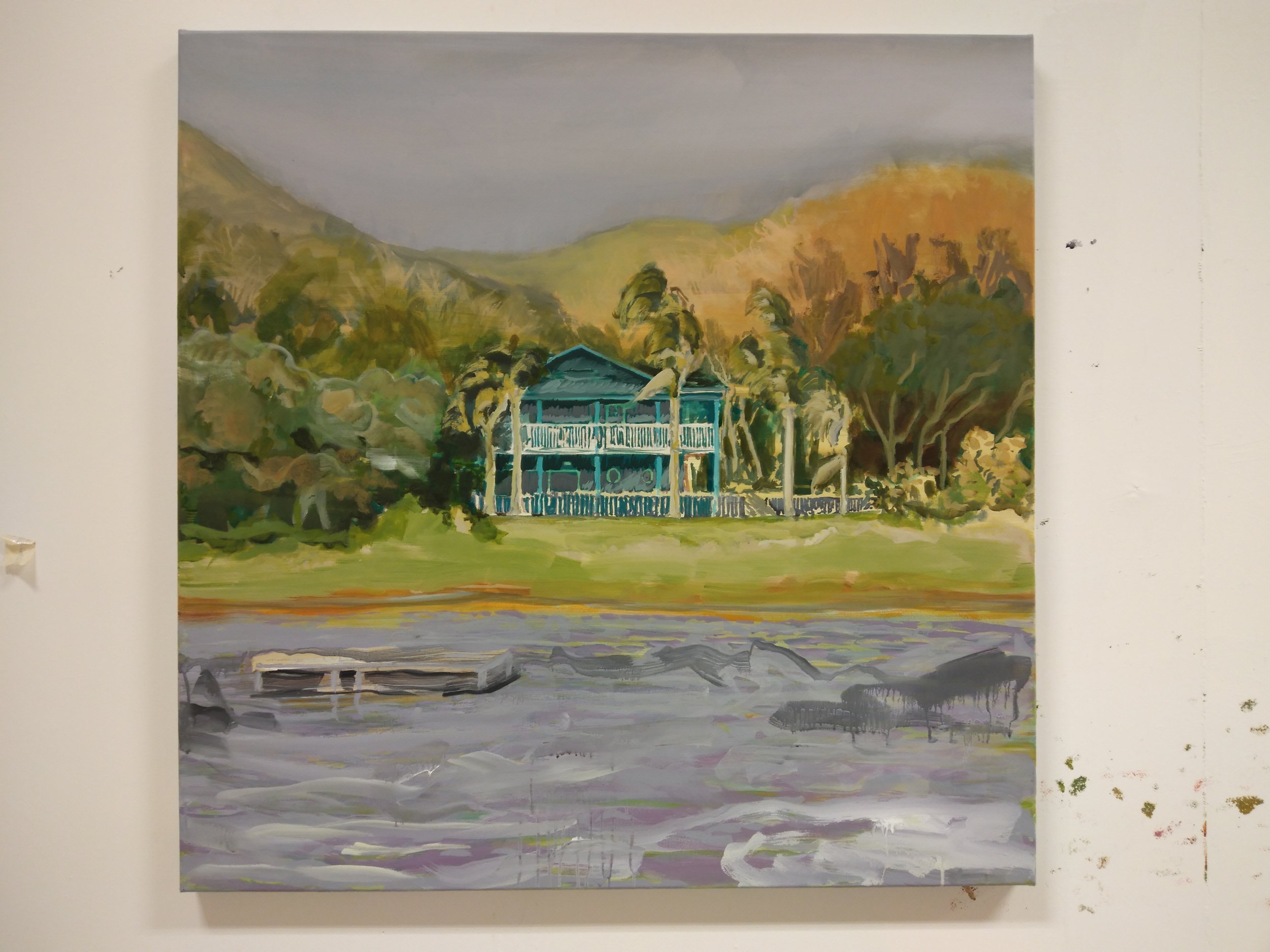
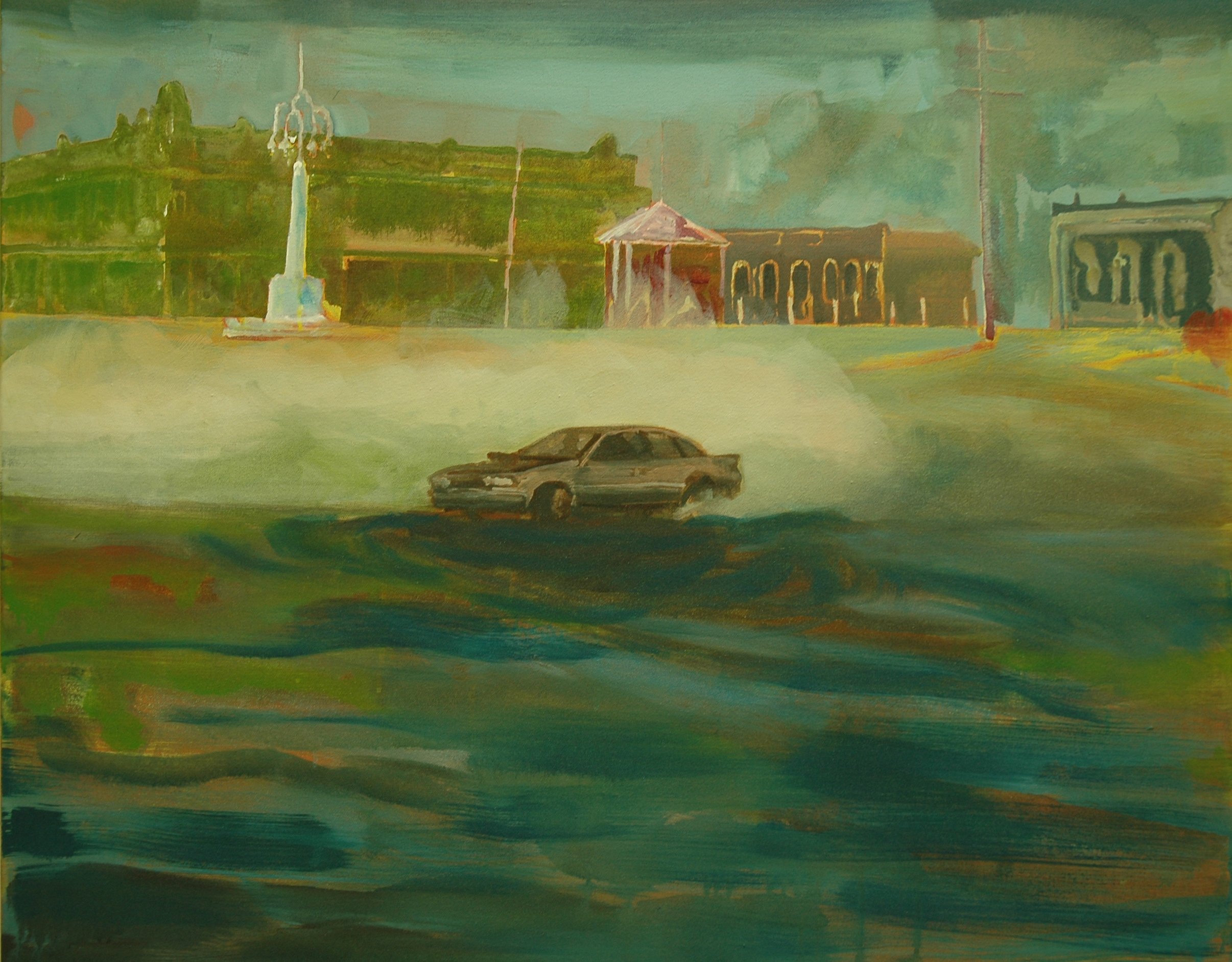
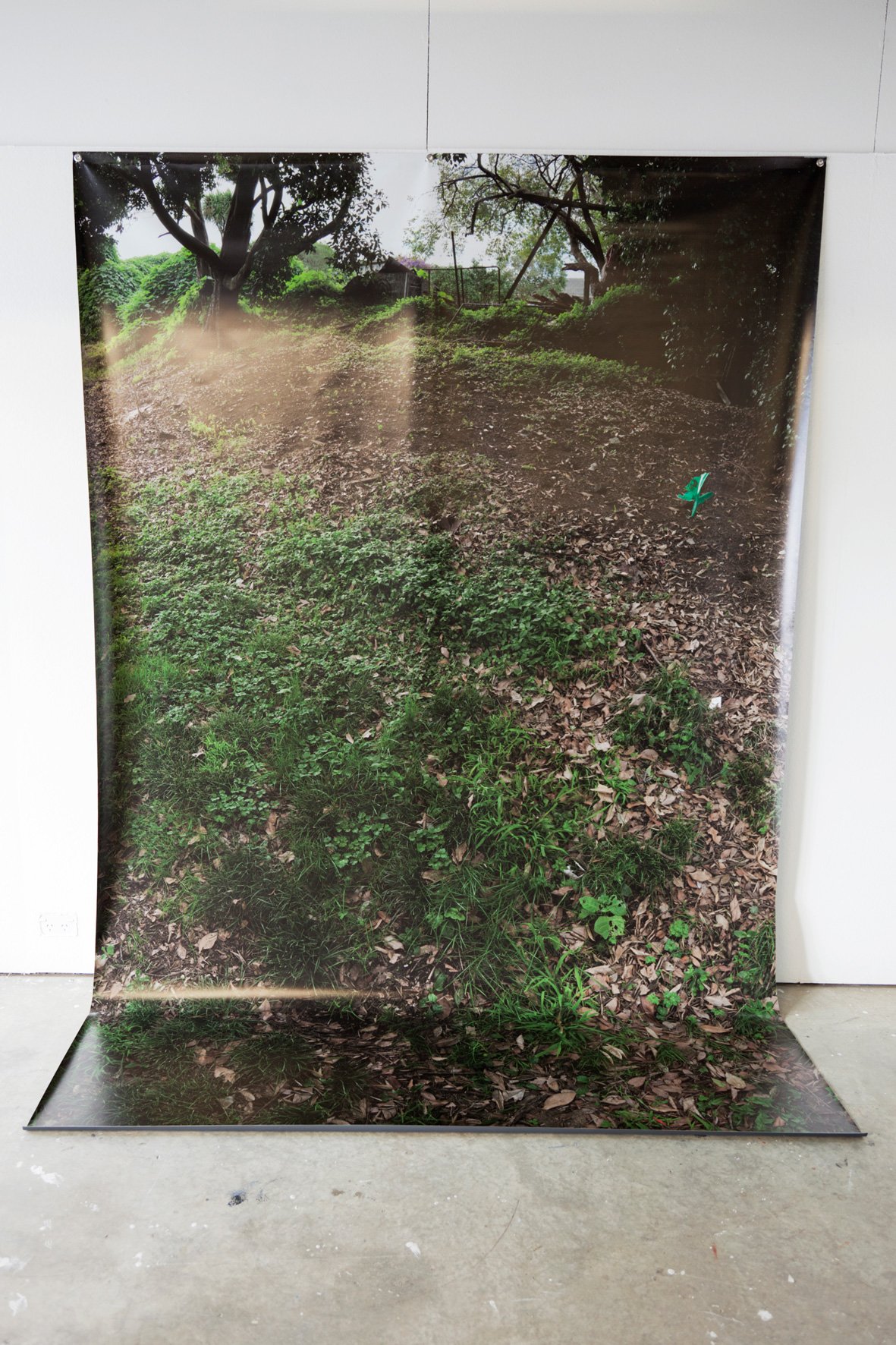
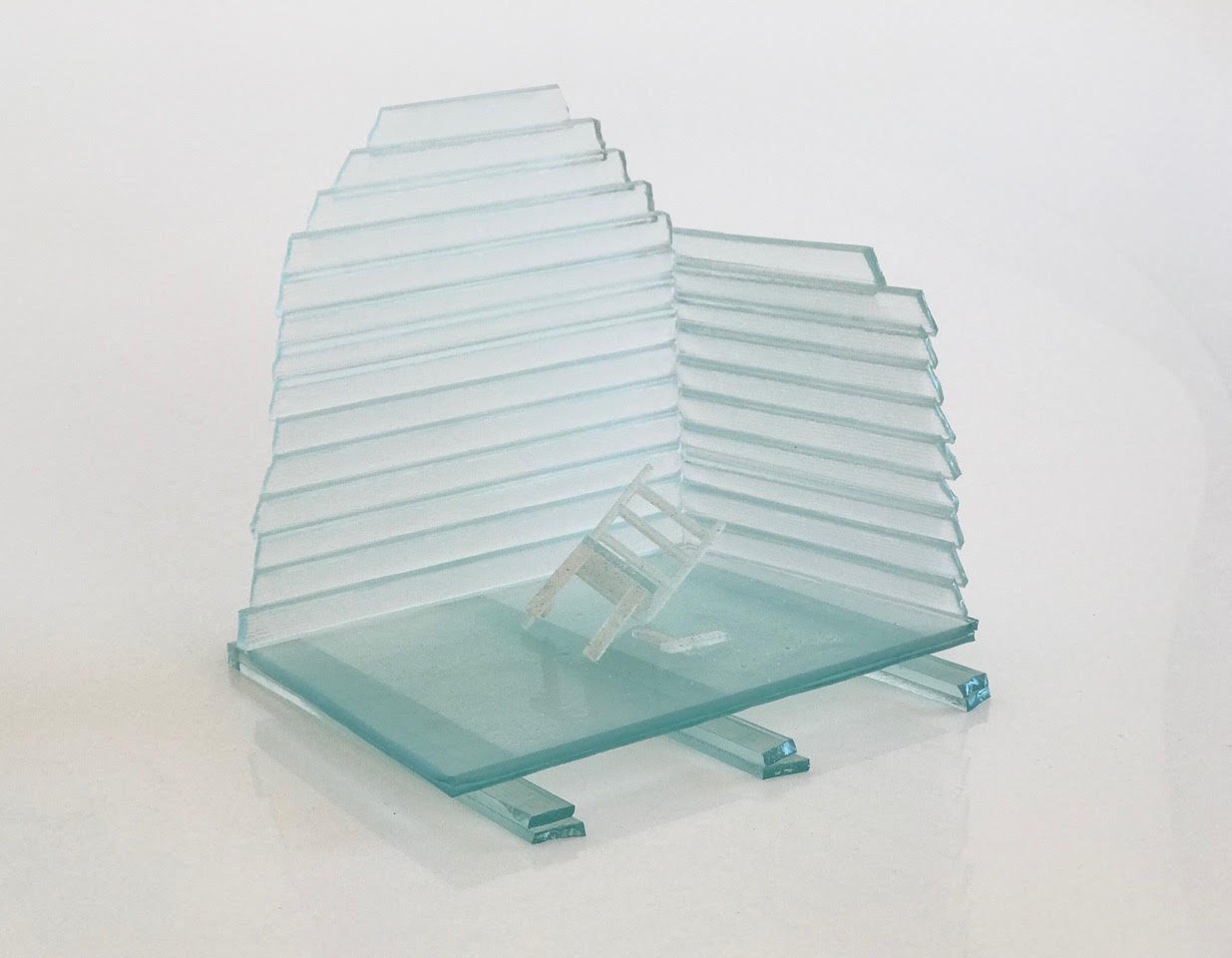
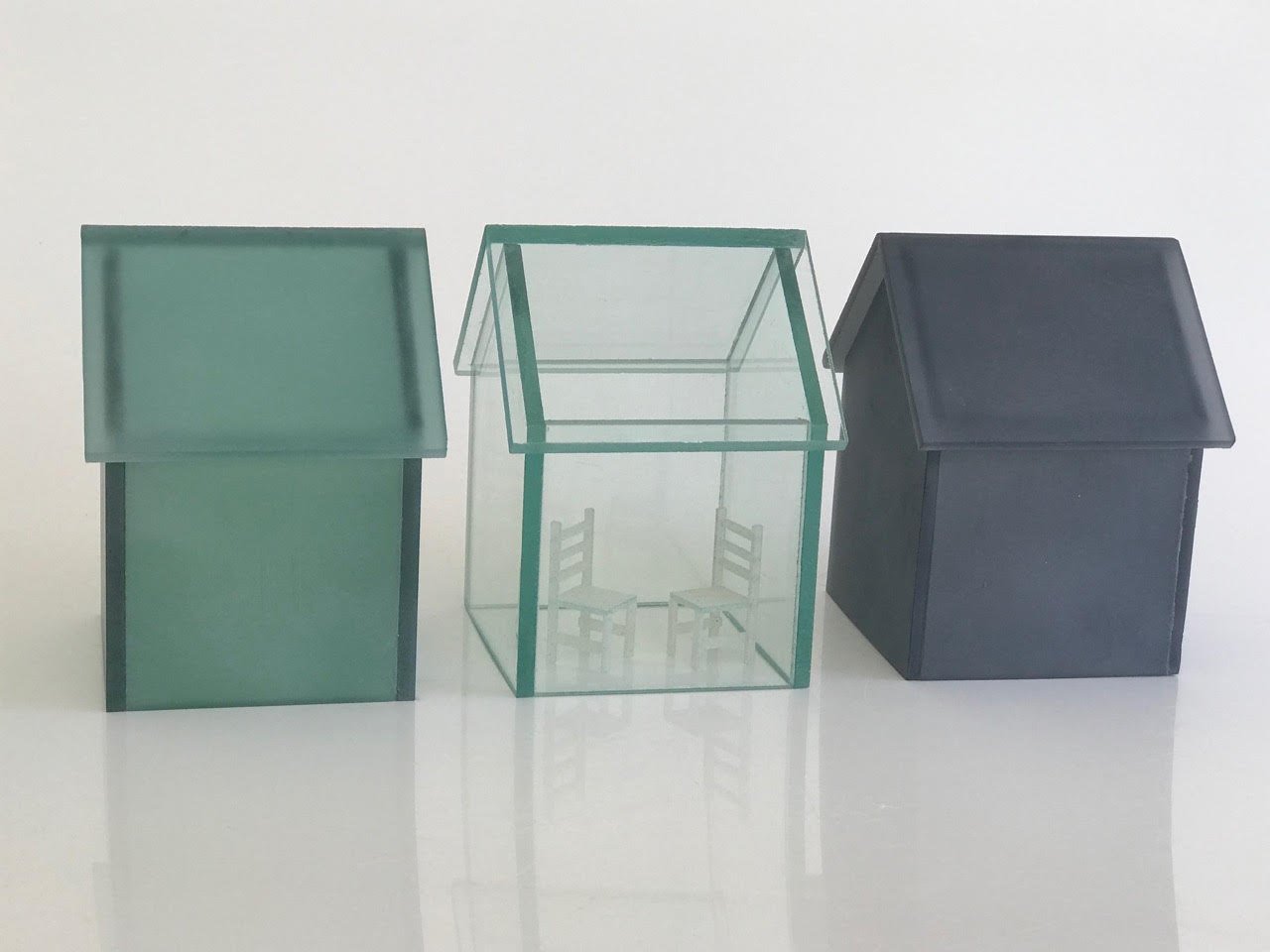
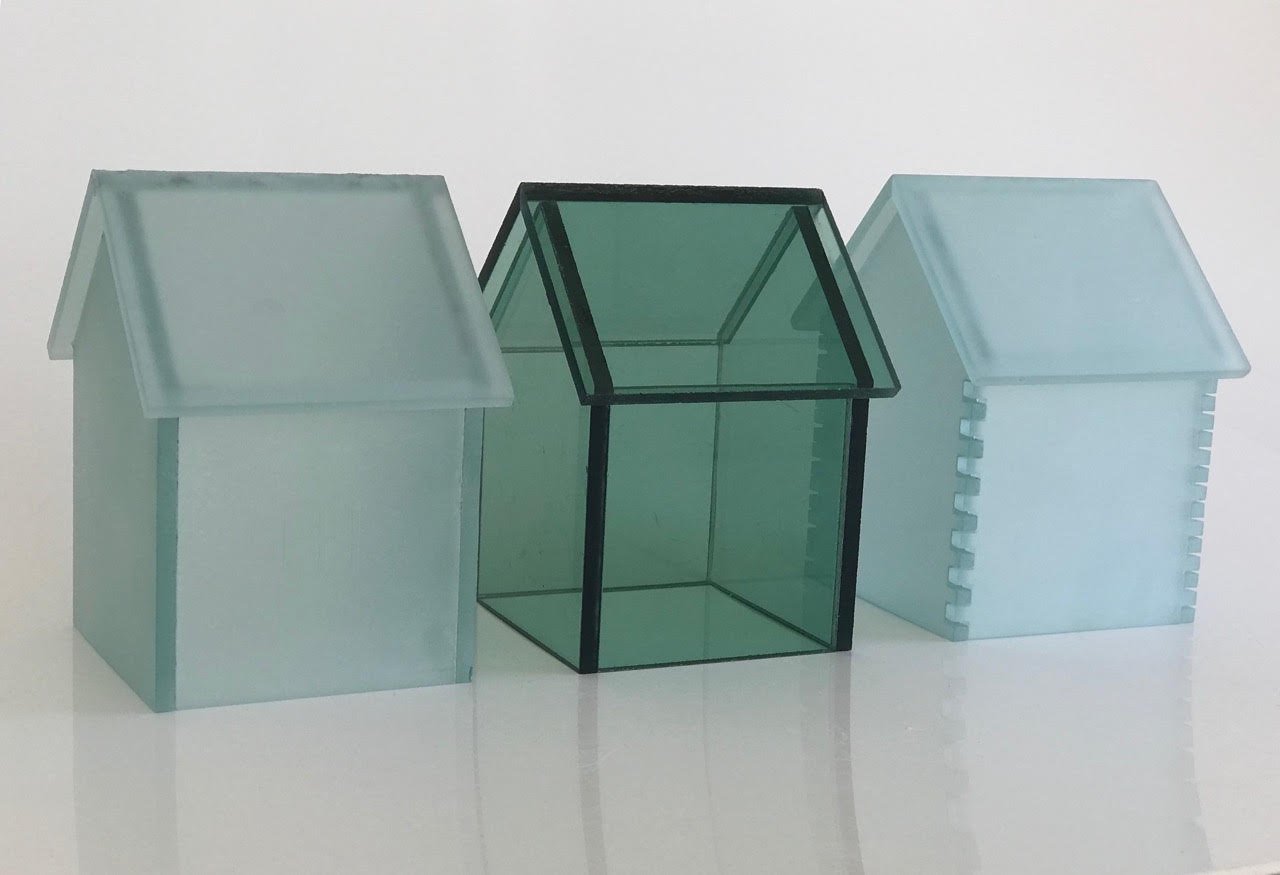


Walking in the city
curated by Ellie Lee-Duncan
[Tacit] Gallery
2019
Catalogue text:
You create your own course as you walk through a city. It ceases to be a combination of buildings, a map of streets or a functioning consumeristic complex. It transforms into a subjective experience of your body as it passes through an urban centre. You embody your memories, emotions, thoughts as your body moves through space.
You create invisible pathways with your body, redolent of everything that your mind processes.
What invisible pathways do you personally trace through a city? How do your subjective experiences transform how this city uniquely appears to you?
The physical topography of the city is less real than your own personal map.
You map a course that is laden with thinking and feeling.
Marc Blake
Marc spent several years living and painting in Japan and Australia, as well as six months in South Korea and now currently works from his studio in Queenstown, New Zealand. Exhibiting since 2005, Blake is extensively represented with over a dozen works in New Zealand’s largest private collection, as well as in numerous collections both nationally and internationally. A recipient of and multiple finalist in several national art awards, Blake’s painting has also been exhibited at the Auckland Art Gallery, the Kyoto Cultural Museum, The Dowse Museum and The TSB Bank Wallace Arts Centre, as well as part of his residency at BankART NYK in Yokohama.
Macarena Bernal
Macarena is a Chilean national, and has a Bachelor’s Degree in Visual Arts from Finis Terrae University in Santiago, an Advanced Diploma in Jewellery Practice from MIT in Auckland, and a Post-Graduate Degree from Otago Polytechnic in Dunedin and is a Master’s Degree candidate at that same school.
Macarena chooses contemporary jewellery as her medium to transmit messages of preservation and responsibility, passing on valuable information to the future generations, dealing with relevant issues like communication, obsolete technology and archiving for the impending survival of cultures. ‘To walk is to collect visually. To stop and pick up stuff is to collect actively.’
Tim Croucher
Tim Croucher studied Fine Arts at the University of Canterbury. Tim painted public murals during the 80’s before returning, with some trepidation, to Hamilton to take up a teaching position at Wintec. He’s worked there ever since teaching Fine Arts. These works belong in a suite of paintings that mingle historical, pastoral, and imaginary situations in a tender and playful reflection on a set of unglamorous yet peculiar locations and the identities that link to them.
Dieneke Jansen
Dieneke is a senior lecturer for the Bachelor of Visual Arts and Masters Art and Design programs at AUT University. Their practice employs tensions between site responsive interventions, performative actions and documentary practices to to engage with and explore possibilities at the confluence of private and public social space. This piece, Tamaki: Land Set Aside was exhibited as a Wallace Award finalist in 2013. It is seamlessly constructed from approximately 30 photographs, joining viewpoints that look up, across and down. Tamaki: Land Set Aside, focuses on the Boundary West Reserve, Glen Innes, Auckland, New Zealand. This suburb of Auckland is dominated by social housing built in the 1950s and is part of the 2009-2011 Tamaki Transformation Programme, an area ear-marked for growth, refurbishment and development. Residential properties back onto three sides of reserve, which presently has no ‘designed’ purpose. Its renegotiation by both the State and my photographing brings its history to the fore; its ownership from Ngati Whatua to the current Auckland City Council.
Heather Oleson
Heather Olesen is an artist who has been working in glass since 2004. Inspiration for her glass work often relates to environmental issues, family and friend relationships or capturing moments in time of relationship significance. Selected works from her recently completed BFA (Honours) degree explores the notion of identity, home and personal space. Utilizing translucency creates an ephemeral memory and experiences of home in both its physical and metaphorical manifestation. The works also explore the relation between individuality, collectivity, and anonymity.

